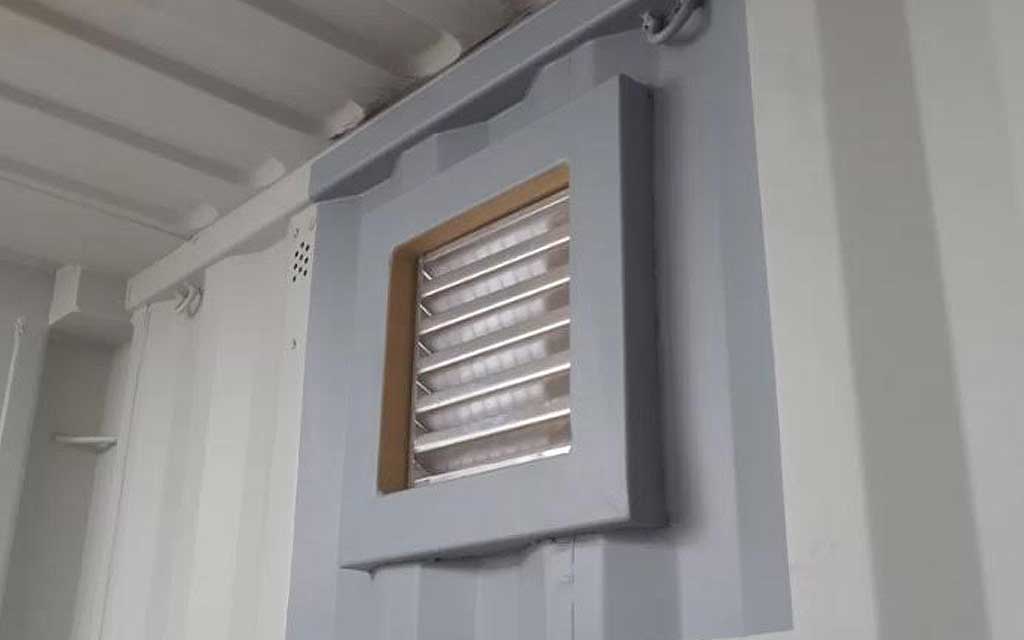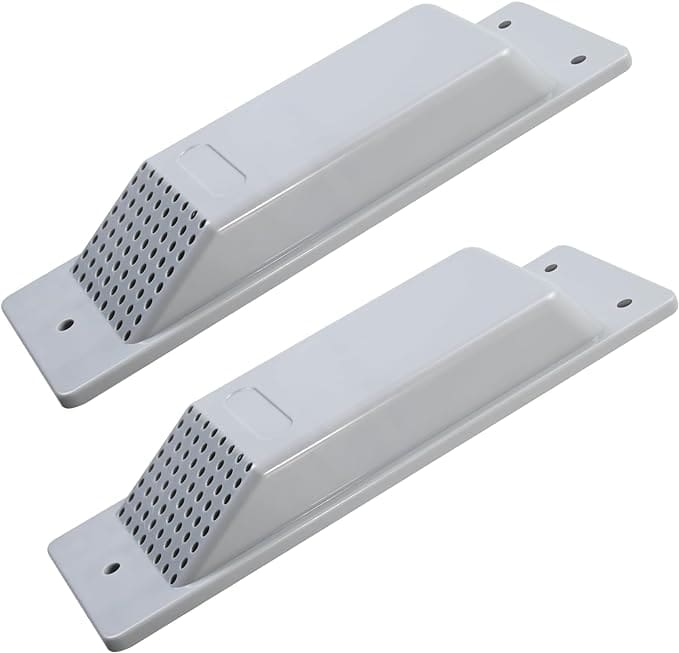Shipping containers have become ubiquitous in today’s world, serving a multitude of purposes beyond their original role in cargo transportation. They have found new life as cost-effective and durable storage solutions, offering a secure and weather-resistant environment for various items. To optimize the storage potential of shipping containers, one essential modification to consider is the addition of vents or ventilation systems. In this blog, we’ll explore how shipping container vents enhance storage solutions and why they’re crucial for maintaining the integrity of your stored items.
Before we begin, if you are in the market for a shipping container, contact Container Sales Group to help you find the right shipping container for your project. Call us at (888) 320-5938 or Request a Quote.
Ready to purchase a shipping container? Reach out today to get a quote from the best in the industry!
Now on to shipping container ventilation:
- What is a ventilated shipping container?
- What kind of vents are on a manufactured shipping container?
- Why would I need extra ventilation?
- What are the different types of vents?
- How to install a vent system?
- Should I consider climate control?
- What more can I do beside install extra vents or climate control units?
What is a ventilated shipping container?
A ventilated shipping container is a type of container that has special air vents or openings on its walls or roof to allow air to circulate inside the container. These vents can be powered with or without electricity. It also can include heating & air conditioning. All this helps to prevent condensation, temperature control and ensure safety and health for the people who access the container.
What kind of vents are on a manufactured shipping container?
All manufactured shipping containers have two to four small vents called Natural / Passive Vents fitted on the opposite side walls to create passage for air. These vents are designed to prevent water from coming inside and prevent moisture, heat, and pressure to build up inside. Also, prevention of critters from getting inside. While these vents provide a little ventilation for the shipping container, they might not be enough for some uses or climates.
Why would I need extra ventilation?
- Temperature Control- Shipping containers can become extremely hot when exposed to direct sunlight or warm weather conditions. Extra ventilation can help regulate the temperature inside the container, preventing it from getting too hot, which can damage your items.
- Moisture Control- Condensation and moisture buildup inside a shipping container can create a significant problem, especially in humid environments. Adequate ventilation can help reduce humidity levels and prevent moisture-related damage to your goods.
- Odor Control: Storing certain paints or chemicals in a shipping container may emit strong odors or fumes that can become trapped inside the container. Proper ventilation is essential to prevent the buildup of potentially dangerous fumes and odors inside the container.
What are the different types of vents available?
- Natural / Passive Vents rely on the wind to circulate air in and out of the shipping container. Even though every manufactured container comes with two to four small vents, more can be installed for more air flow. These vents are the simplest and cheapest way to ventilate a shipping container and do not require electricity. (each picture has a live link to direct then to purchase)
- Active / Forced Vents draw air in and out of the container. They are more effective than passive vents when it comes to regulating the temperature and humidity and preventing buildup of gases or fumes inside a shipping container. These vents require electricity and maintenance.
- Solar Vents are a type of active vent but are eco-friendly and cost-effective and do not need electricity as a power source. Mostly used where there is direct sunlight or high temperatures. They can be installed on a roof or wall of a shipping container.
How to install a vent system?
Any contractor or welder can install your vent system either on the roof or the side walls.
Should I consider climate control?
In certain climates, heat can become trapped inside a shipping container without proper ventilation.
Climate control units should be considered along with insulation and vents to maintain exact levels of temperature and humidity inside of the shipping container.
What more can I do beside install extra vents or climate control units?
Installing vents for additional circulation may not be enough if you live in climates with extreme weather. In addition to vents, you can also consider painting the roof white in color to reflect the sun or even build a secondary roof on top of the container to allow a 6” air gap.
Proper insulation can also help regulate the temperature inside the container, making it more suitable for temperature-sensitive items. You can insulate the walls, ceiling, and floor of the container using materials like foam insulation, fiberglass, or spray foam.
Ultimately, when adding vents for storage purposes, it’s important to consider the placement, size, and type of vents based on your specific needs of your stored items and the environmental conditions in your area. Taking these factors into account will help ensure that the vents you install are effective in maintaining the desired storage environment and protecting your stored items.







